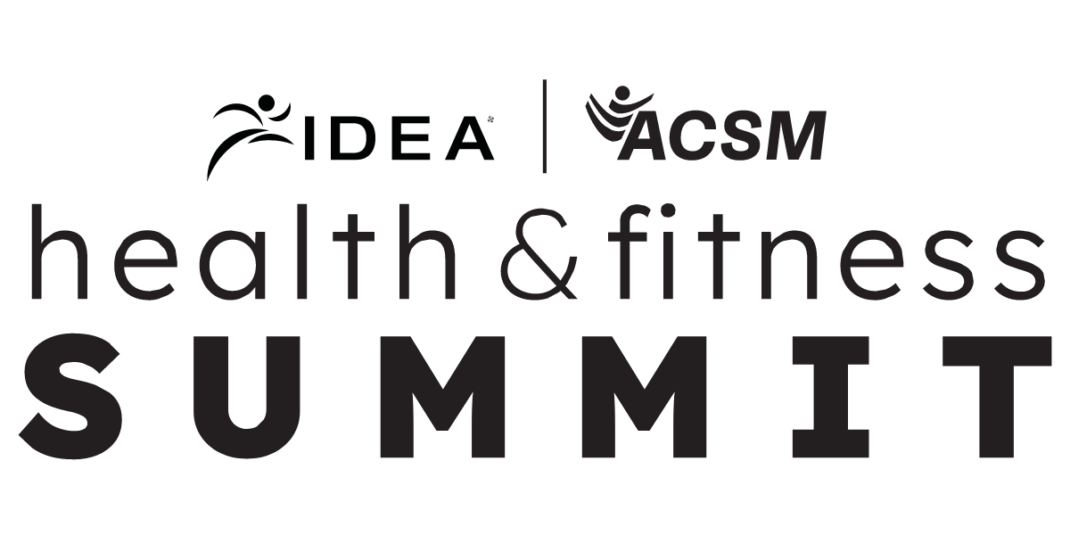
Core training can improve functional capacity and reduce injury potential. But accurately programming a successful, tailored and progressive core- training protocol can be a complicated endeavor. Now, researchers from Heriot-Watt University in Edinburgh, Scotland, have developed a model they hope gives fitness pros a solid platform to work from.
In this model, presented in the Strength and Conditioning Journal (2017; 39 [5], 45–50), the researchers don’t introduce new core-training exercises; instead, they offer options that regress or progress existing exercises for injury prevention and athletic performance. The aim is to enable fit pros to immediately assess performance values presented by clients and athletes and offer on-the-spot cues on how to augment movement patterns. The framework addresses a spectrum of difficulty:
In the visual example, image A represents a regressed prone
mountain climber. The movement is modified by raising the height of the hands, which decreases lever length. The exercise is then progressed by placing the hands on the floor (image B) and made even more challenging by placing the feet on a box (image C).
While exercises presented in this model could be considered rudimentary, lead author Neil Gibson, MS, director of sport, performance and health at Oriam: Scotland’s Sports Performance Centre, says what sets it apart from other models is that the progressions are done without extra resistance.
“I think the framework presented in the paper is specific to core training, as most do not use external load, which is a way to progress other types of strength training,” he says. “That said, I think it could apply to calisthenic-type exercise, especially for younger children or those new to training and who would benefit from a model that allows them to progress (or regress) their program without the need for constant supervision.”
Gibson adds that not everyone needs to participate in a structured core-training program. “I don’t think it is fair to say that everyone’s program should contain specific core exercises; [but] there is of course a strong school of thought that would suggest any exercise requires at least some degree of core activation and thus training,” he says. “The main aim of exercise for many is that it should be enjoyable (to aid adherence).”
Ryan Halvorson
Ryan Halvorson is an award-winning writer and editor, and IDEA's director of event programming.







